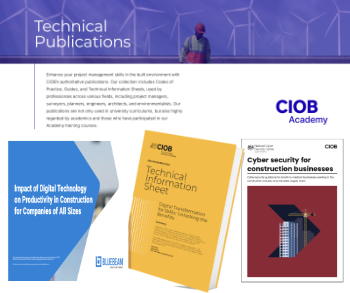Most Economically Advantageous Tender (MEAT)
[edit] Introduction
The Most Economically Advantageous Tender (MEAT) is a method of assessment that can be used as the selection procedure, allowing the contracting party to award the contract based on aspects of the tender submission other than just price.
MEAT was introduced by the European Parliament in January 2014. The European Union Procurement Directives established public procurement rules that apply to any public purchases above defined thresholds, and these are enacted in the UK by The Public Contracts Regulations.
The ‘alternative’ criteria which can be used in a MEAT assessment include:
- Quality.
- Price or cost using a cost-effectiveness approach.
- Technical merit.
- Aesthetic and functional characteristics.
- Accessibility.
- Social characteristics.
- Environmental characteristics.
- Innovative characteristics.
- After-sales service and technical assistance.
- Delivery conditions such as date, process and period.
Each of the criteria used is given a relative weighting, which must be set out in the tender documents. Alternatively, they can be listed in descending order of importance.
The rules stipulate that the contract notice must make clear to tenderers that the MEAT criteria will be used to judge their submission. The criteria cannot then be changed.
A two-stage process of tender evaluation can then be used. The first stage is a technical evaluation which uses individual weighted criteria to assess the technical merit of the tenders. The second stage is a financial evaluation which calculates the relative cost of each tender compared to the lowest price offered. Finally, the tenders are ranked based on the aggregate score of both stages.
[edit] Post Brexit reform
On 15 December 2020, the Green Paper Transforming Public Procurement was presented to Parliament by the Cabinet Office and Lord Agnew, the Minister of State for Efficiency and Transformation. The paper proposed several changes to procurement policy in the UK to reflect the country’s post-Brexit status.
During the UK’s membership of the EU, MEAT public procurement rules applied to any public purchases above defined thresholds and were overseen in the UK by the Public Contracts Regulations (PCR). Post-Brexit recommendations in the Transforming Public Procurement green paper proposed the replacement of MEAT procurement rules with MAT, essentially removing the ‘economic’ component from the method of assessment.
The thought process behind this modification was the idea that ‘economic’ could sometimes be interpreted simply as lowest price. Under MEAT, evaluating certain economic factors (such as quality) was seen as complex and potentially restrictive.
For more information see: Most advantageous tender.
[edit] Related articles on Designing Buildings
Featured articles and news
Design and construction material libraries
Material, sample, product or detail libraries a key component of any architectural design practice.
Construction Products Reform Green Paper and Consultation
Still time to respond as consultation closes on 21 May 2025.
Resilient façade systems for smog reduction in Shanghai
A technical approach using computer simulation and analysis of solar radiation, wind patterns, and ventilation.
Digital technology, transformation and cybersecurity
Supporting SMEs through Digitalisation in Construction.
Villa Wolf in Gubin, history and reconstruction. Book review.
Construction contract awards down £1bn
Decline over the past two months compared to the same period last year, follows the positive start to the year.
Editor's broadbrush view on forms of electrical heating in context.
The pace of heating change; BSRIA market intelligence
Electric Dreams, Boiler Realities.
New President of ECA announced
Ruth Devine MBE becomes the 112th President of the Electrical Contractors Association.
New CIAT Professional Standards Competency Framework
Supercedes the 2019 Professional Standards Framework from 1 May 2025.
Difficult Sites: Architecture Against the Odds
Free exhibition at the RIBA Architecture Gallery until 31 May.
PPN 021: Payment Spot Checks in Public Sub-Contracts
Published following consultation and influence from ECA.
Designing Buildings reaches 20,000 articles
We take a look back at some of the stranger contributions.
Lessons learned from other industries.
The Buildings of the Malting Industry. Book review.
Conserving places with climate resilience in mind.























Comments